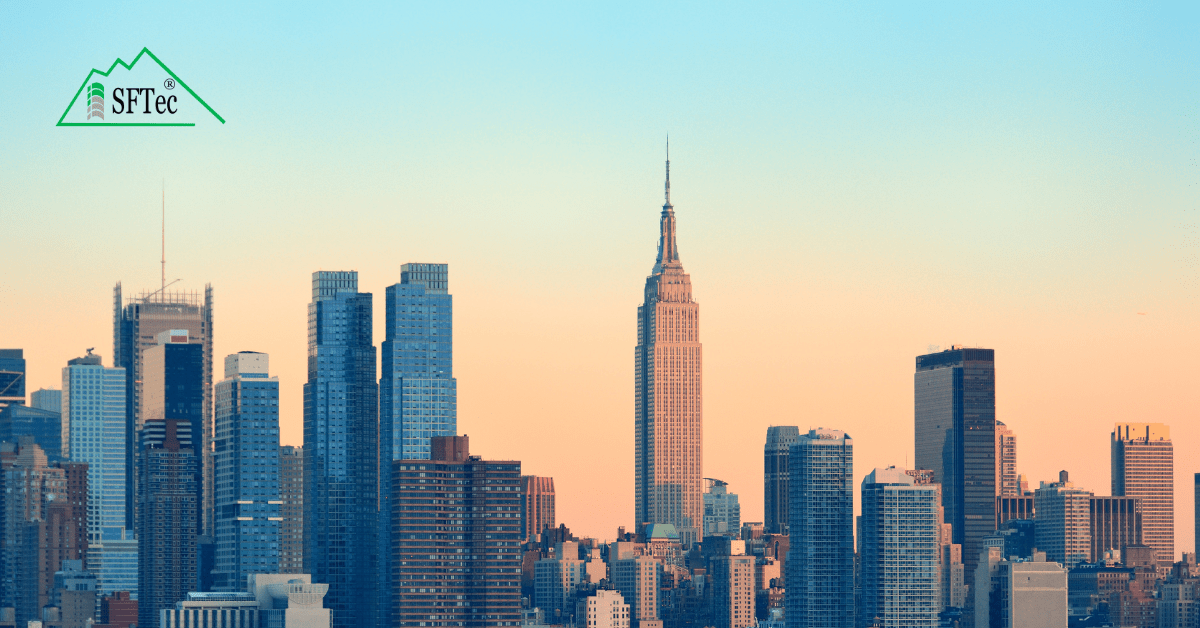The construction industry in New York has long been synonymous with towering skyscrapers, iconic bridges, and a skyline that boasts architectural marvels. As the demand for sustainable and innovative building materials grows, the focus has shifted towards alternatives to traditional construction materials. One such groundbreaking technology making waves in the industry is Fiber Reinforced Polymer (FRP). In this blog post, we’ll explore three top ideas that highlight the transformative potential of FRP technology as an alternative to steel rebar in the construction sector.
Strength and Durability: The FRP Advantage
One of the primary reasons FRP is gaining traction in the construction industry is its remarkable strength and durability. Fiber Reinforced Polymer, composed of high-strength fibers embedded in a polymer matrix, exhibits excellent tensile strength, making it an ideal substitute for steel rebar. In a city like New York, where buildings face the constant challenges of harsh weather conditions and seismic activity, the durability of FRP becomes a crucial factor. Unlike traditional steel, FRP doesn’t corrode, rust, or degrade over time, ensuring that structures maintain their integrity for longer periods. This not only reduces maintenance costs but also contributes to the longevity of the infrastructure, a key consideration for sustainable urban development.
Lightweight and Easy to Handle: Enhancing Efficiency on Construction Sites
Construction projects in the heart of New York City often come with the challenge of limited space and tight schedules. Here, the lightweight nature of FRP proves to be a game-changer. Compared to steel, FRP is significantly lighter, making it easier to transport, handle, and install on construction sites. This characteristic not only expedites the construction process but also reduces the need for heavy machinery, lowering overall project costs. The ease of handling FRP contributes to increased efficiency, allowing construction teams to work more swiftly and safely, a crucial advantage in the fast-paced environment of New York’s construction industry.
Corrosion Resistance and Environmental Sustainability: Meeting Modern Challenges
As the world becomes increasingly conscious of environmental impact, the construction industry is under pressure to adopt sustainable practices. FRP technology aligns with these expectations, as it is inherently corrosion-resistant, eliminating the need for protective coatings that can be harmful to the environment. By choosing FRP over steel rebar, construction projects can contribute to reduced environmental impact and lower carbon footprints. New York, with its commitment to sustainability and resilience, is well-positioned to lead the way in adopting eco-friendly construction materials. FRP technology, by offering a corrosion-resistant and environmentally friendly alternative, aligns with the city’s goals of sustainable urban development.
In the dynamic landscape of New York’s construction industry, the integration of Fiber Reinforced Polymer technology marks a significant step towards innovation and sustainability. The strength, lightweight nature, and environmental benefits of FRP position it as a compelling alternative to traditional steel rebar. As the city continues to evolve, embracing cutting-edge technologies like FRP not only enhances the efficiency of construction projects but also contributes to the creation of more resilient and sustainable urban spaces. The rise of FRP in New York’s construction sector exemplifies a commitment to a future where innovation and sustainability go hand in hand, shaping the skyline of the city for generations to come.



